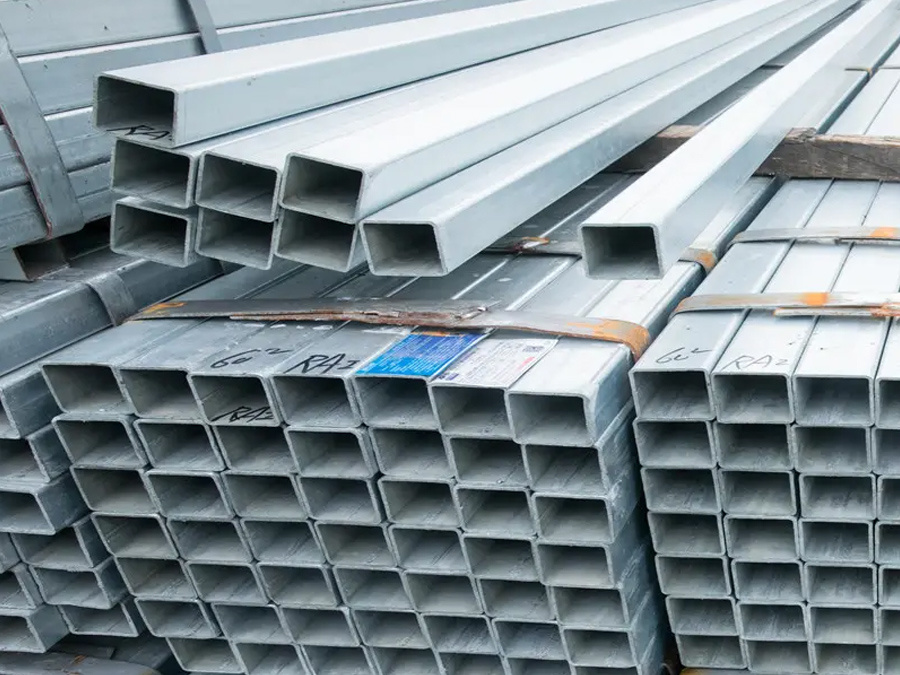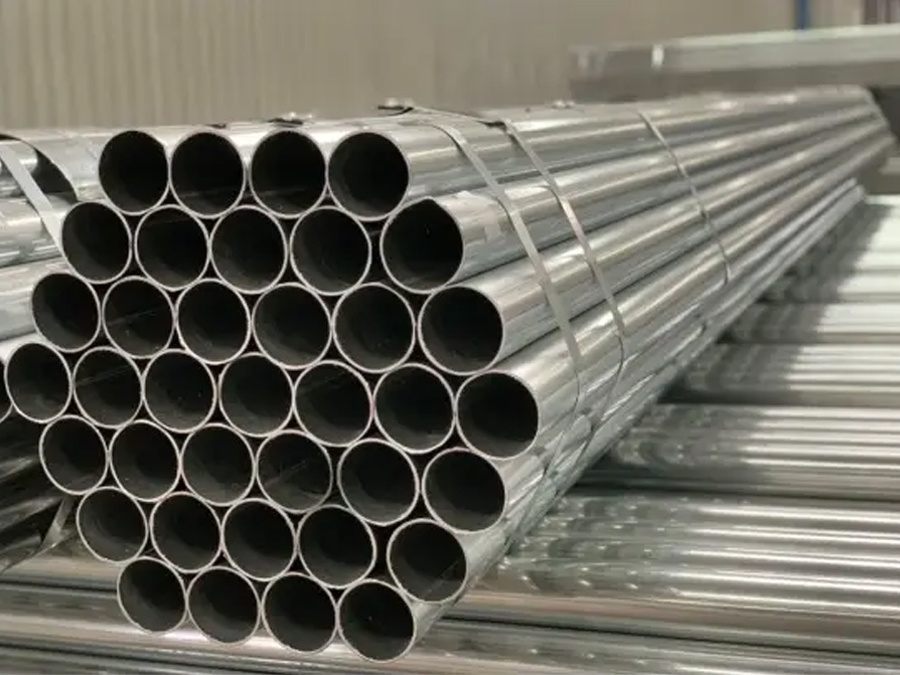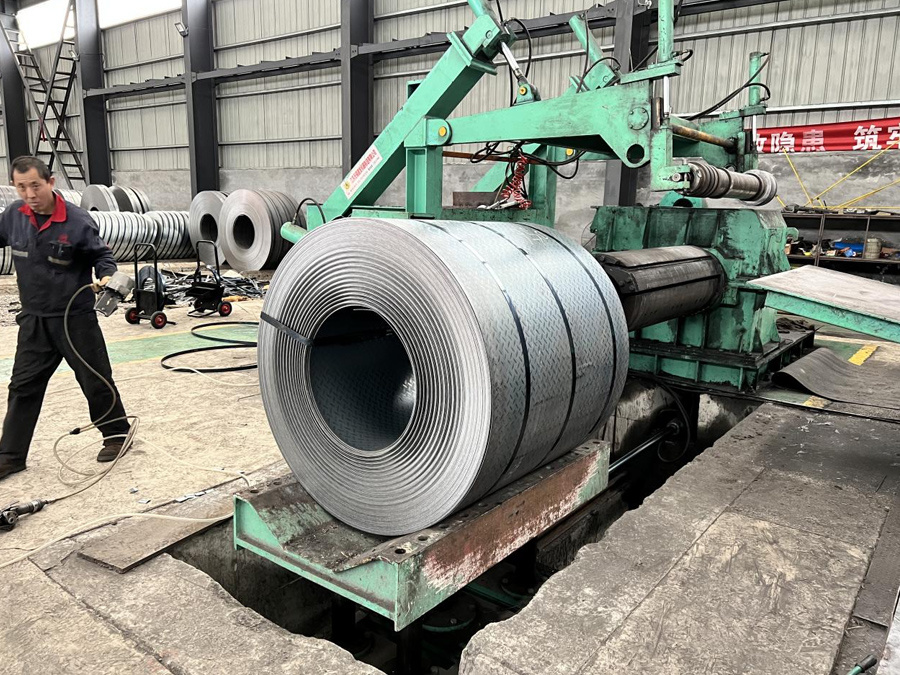Exploring the Benefits of Galvanized Steel Pipe in Modern Construction
2025-06-26
Exploring the Benefits of Galvanized Steel Pipe in Modern Construction
Table of Contents
1. Introduction to Galvanized Steel Pipe
2. Advantages of Using Galvanized Steel Pipe
2.1 Durability and Longevity
2.2 Corrosion Resistance
2.3 Cost-Effectiveness
3. Applications of Galvanized Steel Pipe in Construction
3.1
Exploring the Benefits of Galvanized Steel Pipe in Modern Construction
Table of Contents
- 1. Introduction to Galvanized Steel Pipe
- 2. Advantages of Using Galvanized Steel Pipe
- 3. Applications of Galvanized Steel Pipe in Construction
- 4. Installation Considerations for Galvanized Steel Pipe
- 5. Maintenance of Galvanized Steel Pipe
- 6. Environmental Impact of Galvanized Steel Pipe
- 7. FAQs: Galvanized Steel Pipe
- 8. Conclusion
1. Introduction to Galvanized Steel Pipe
Galvanized steel pipe is a popular choice in modern construction, thanks to its myriad benefits. This type of piping is produced by applying a protective zinc coating to steel, which enhances its resistance to rust and corrosion. The process of galvanization not only extends the lifespan of steel but also improves its overall performance in various applications. As construction demands increasingly prioritize durability and sustainability, understanding the advantages of galvanized steel pipe becomes essential for builders, architects, and contractors.
2. Advantages of Using Galvanized Steel Pipe
The benefits of galvanized steel pipe are numerous, making it a preferred material for many construction projects. Below, we explore some of the key advantages in detail.
2.1 Durability and Longevity
One of the most significant advantages of galvanized steel pipe is its durability. The zinc coating acts as a barrier against environmental factors, ensuring that the underlying steel is protected from corrosion and rust. This added layer of protection extends the lifespan of the pipe, often lasting for decades without significant deterioration. When compared to other materials, such as PVC or uncoated steel, galvanized steel pipes are less likely to require frequent replacements, making them a reliable choice for long-term projects.
2.2 Corrosion Resistance
Corrosion is a common issue in construction, especially in environments exposed to moisture and harsh weather conditions. Galvanized steel pipes are engineered to resist corrosion effectively. The zinc coating not only prevents rust from forming but also provides a self-healing property; if the coating is scratched, the exposed steel is still protected by the surrounding zinc. This unique characteristic makes galvanized steel pipes ideal for outdoor applications, plumbing systems, and areas prone to moisture.
2.3 Cost-Effectiveness
While the initial cost of galvanized steel pipe may be higher than alternatives such as PVC, its long-term cost-effectiveness is noteworthy. The durability and low maintenance requirements of galvanized steel mean that fewer replacements and repairs are needed over time. This results in significant savings for construction projects. Additionally, the efficiency of installation due to its lightweight and ease of handling contributes to reduced labor costs. Thus, galvanized steel pipe offers a compelling return on investment.
3. Applications of Galvanized Steel Pipe in Construction
The versatility of galvanized steel pipe makes it suitable for a wide range of applications. Below, we delve into specific uses where galvanized steel has proven its worth in modern construction.
3.1 Plumbing Systems
Galvanized steel pipes have long been a staple in plumbing systems due to their ability to withstand pressure and resist corrosion. They are often used in water supply lines, drainage systems, and irrigation. The smooth interior surface of galvanized pipes helps to reduce the risk of clogs, making them an effective solution for plumbing needs. Additionally, their strength allows them to handle high water pressure, ensuring reliable performance in residential and commercial buildings.
3.2 Structural Applications
In structural applications, galvanized steel pipes are utilized in the construction of frameworks, scaffolding, and supports. Their high strength-to-weight ratio makes them an excellent choice for supporting heavy loads while remaining light enough to ease handling and installation. The corrosion resistance of galvanized steel also ensures that structural elements maintain their integrity over time, even in harsh environments.
3.3 Fencing and Landscaping
Galvanized steel pipes are commonly employed in fencing and landscaping applications, providing a durable and aesthetically pleasing solution. Their resistance to rust and environmental damage makes them ideal for outdoor use. Whether used for commercial fencing, agricultural enclosures, or decorative garden structures, galvanized steel pipes offer both functionality and visual appeal.
4. Installation Considerations for Galvanized Steel Pipe
Installing galvanized steel pipe requires careful planning and execution to ensure optimal performance. Here are some key considerations:
- **Preparation:** Before installation, ensure that the site is appropriately prepared and that all necessary tools and materials are on hand.
- **Cutting and Joining:** Galvanized steel pipes can be cut to size using specialized tools. Proper techniques for joining pipes, such as threading and welding, should be employed to maintain integrity.
- **Support and Alignment:** Adequate support is required to keep pipes aligned and secure. Use brackets and hangers that are compatible with galvanized steel to ensure stability and prevent sagging.
- **Inspection:** After installation, inspect all connections and joints for leaks or weaknesses to ensure the system's reliability.
5. Maintenance of Galvanized Steel Pipe
While galvanized steel pipe is low-maintenance, periodic inspections and maintenance can enhance its lifespan. Here are some tips for maintaining galvanized steel pipes:
- **Regular Inspections:** Conduct routine checks for signs of corrosion, especially at joints and connections. Early detection can prevent more extensive damage.
- **Cleaning:** Remove any dirt, debris, or buildup that may accumulate on the surface. This helps maintain the protective coating and prevents moisture retention.
- **Repairing Damage:** If scratches or damages occur, consider reapplying zinc-rich paint or patching to restore the protective layer.
6. Environmental Impact of Galvanized Steel Pipe
Galvanized steel pipes are not only beneficial for construction but also for the environment. The longevity and recyclability of galvanized steel contribute to sustainable building practices. The production of galvanized steel has embraced eco-friendly methods, reducing energy consumption and waste. Furthermore, at the end of their life cycle, galvanized steel pipes can be fully recycled, minimizing their environmental footprint.
7. FAQs: Galvanized Steel Pipe
**Q1: How long do galvanized steel pipes last?**
A1: Galvanized steel pipes can last for 20 to 50 years, depending on environmental conditions and maintenance practices.
**Q2: Can galvanized steel pipe be used for gas lines?**
A2: Yes, galvanized steel pipe is suitable for gas lines, provided it meets local building codes and safety standards.
**Q3: Is galvanized steel pipe more expensive than PVC?**
A3: Yes, the initial cost of galvanized steel is typically higher than PVC, but its long-term durability and low maintenance costs make it more economical over time.
**Q4: How does galvanized steel pipe resist corrosion?**
A4: The zinc coating on galvanized steel provides a protective barrier that prevents rust and corrosion from penetrating the underlying steel.
**Q5: Is it necessary to paint galvanized steel pipes?**
A5: Painting is optional, but it can enhance the aesthetics and provide extra protection against environmental factors.
8. Conclusion
The use of galvanized steel pipe in modern construction offers a multitude of benefits, including unparalleled durability, corrosion resistance, and cost-effectiveness. With a wide range of applications, from plumbing systems to structural frameworks, galvanized steel has proven its reliability and versatility. As construction practices evolve towards sustainability, galvanized steel pipes stand out as a formidable choice. Understanding the advantages and maintenance of this material can empower builders and architects to make informed decisions that enhance the longevity and integrity of their projects. Adopting galvanized steel pipes not only meets the demands of modern construction but also promotes environmentally responsible practices in the industry.
Key words:
RELATED INFORMATION
Exploring the Benefits of Galvanized Steel Pipe in Modern Construction
Exploring the Benefits of Galvanized Steel Pipe in Modern Construction
Table of Contents
1. Introduction to Galvanized Steel Pipe
2. Advantages of Using Galvanized Steel Pipe
2.1 Durability and Longevity
2.2 Corrosion Resistance
2.3 Cost-Effectiveness
3. Applications of Galvanized Steel Pipe in Construction
3.1
2025-06-26
The Essential Guide to Seamless Steel Pipe Manufacturers in the Construction Industry
In the construction and decoration materials industry, seamless steel pipes play a critical role due to their strength, durability, and versatility. Seamless steel pipe manufacturers specialize in producing high-quality pipes that are essential for various applications, including structural support, plumbing, and fluid transport. Understanding the nuances of these manufacturers can help profession
2025-06-25
Understanding the Manufacturing Process of Checkered Steel Coil: A Comprehensive Guide
Understanding the Manufacturing Process of Checkered Steel Coil
Checkered steel coil is a vital material widely used in various industries, from construction to automotive manufacturing. Its unique surface design provides excellent traction and aesthetic appeal. In this article, we will explore the **manufacturing process of checkered steel coil**, detailing each step from production to finishing,
2025-06-24













